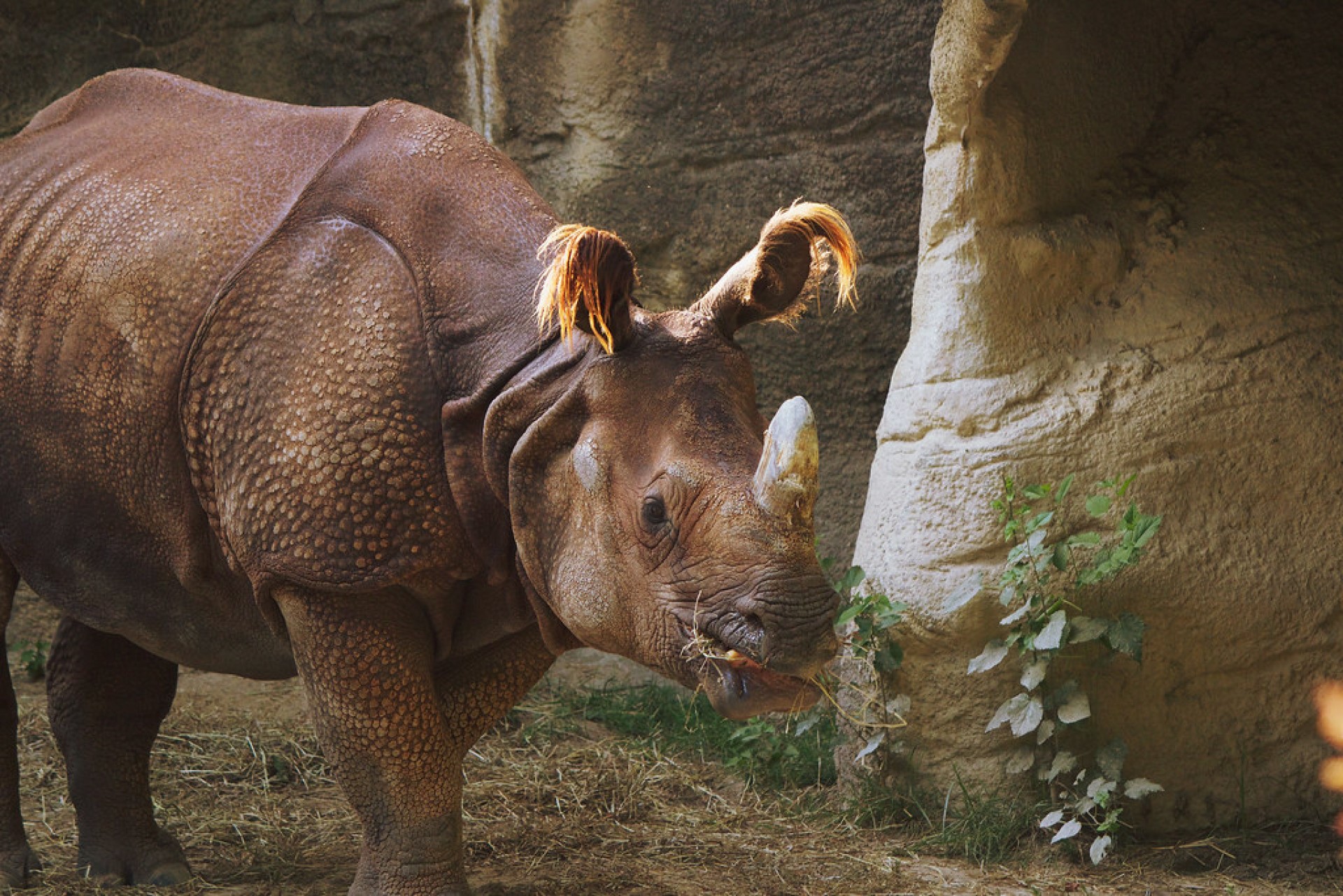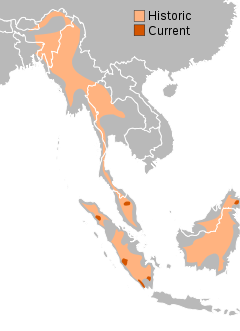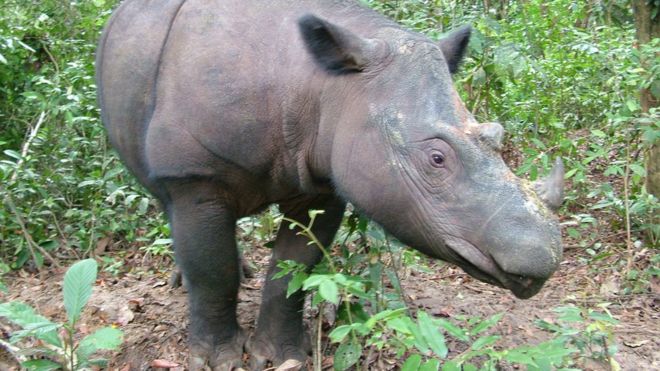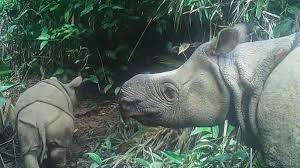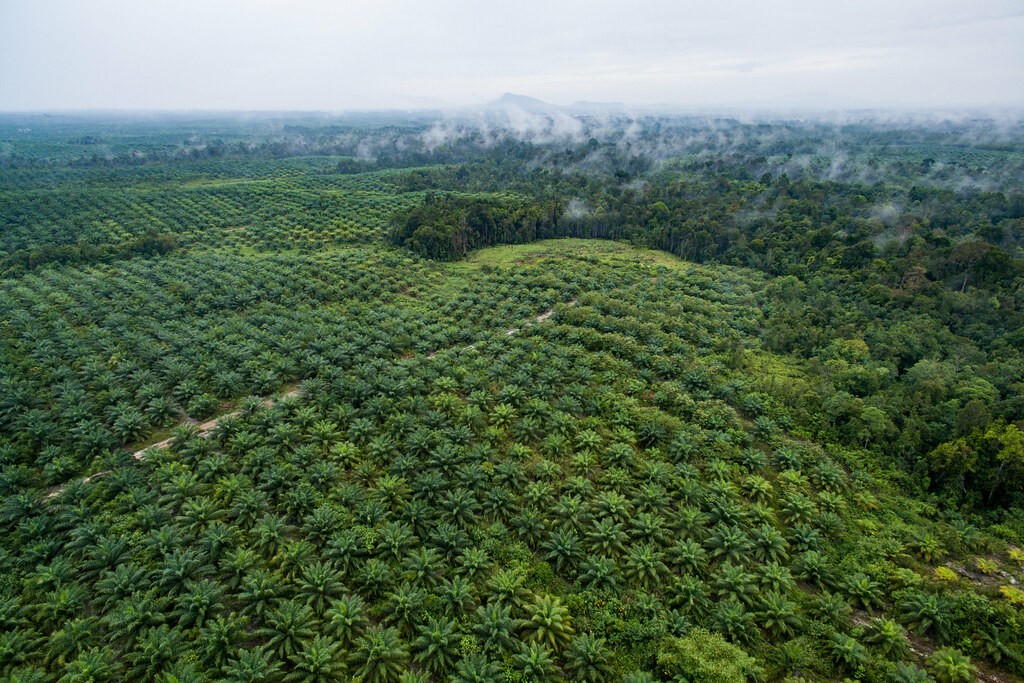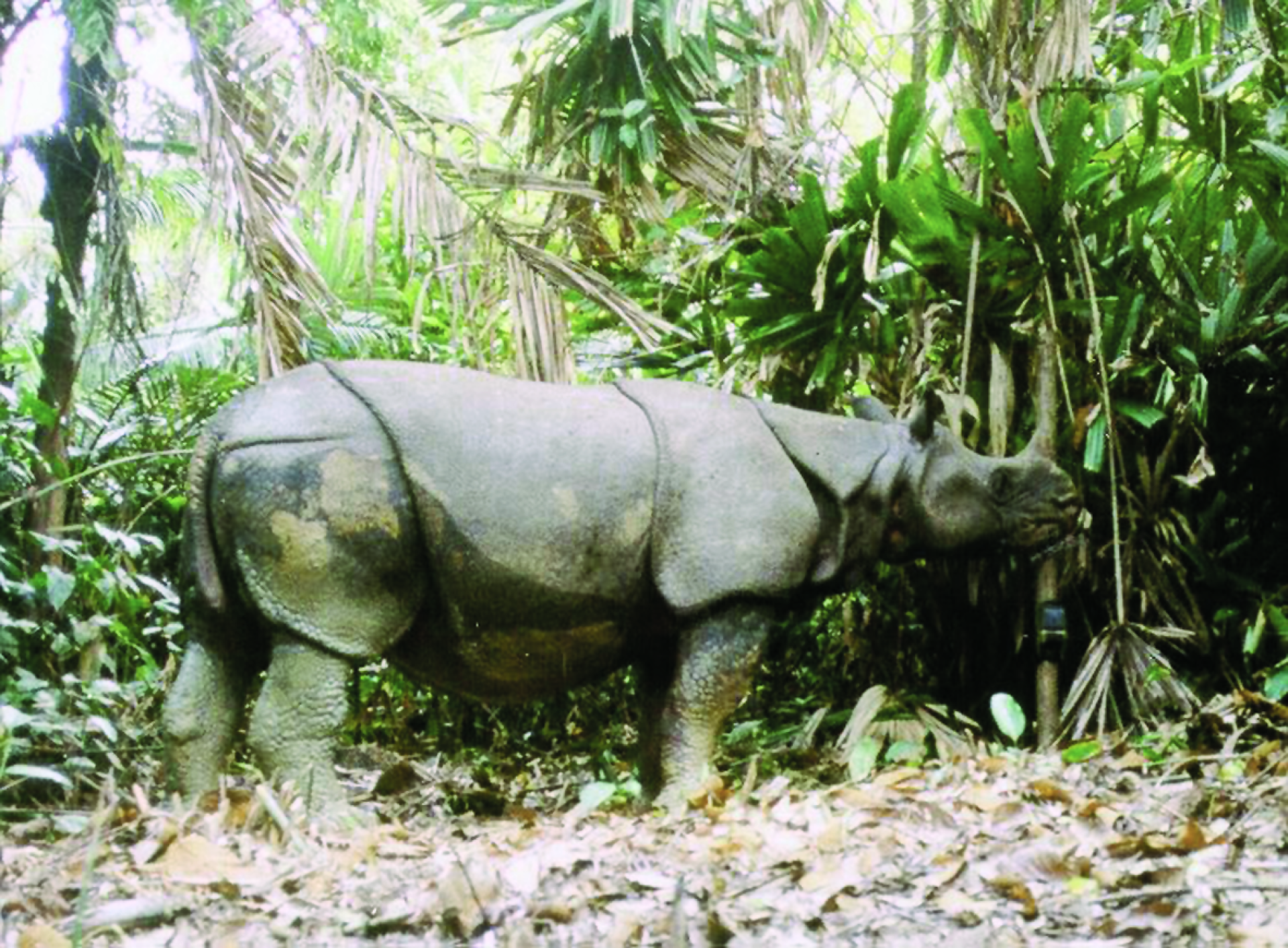If anyone has been reading this blog for some time, you may remember me writing about an albino panda that was photographed in wulong nature reserve in China (click here to read it)
This bear has been caught on camera (see above) and appears to be doing well. It has started to display mating behaviour and appears to be extremely healthy. It has all the features generally associated with albinism, with white fur and red eyes.. It is now around 5-6 years old, and has been seen playing with other pandas, suggesting that its unusual colouring is not leading to it being shunned from other pandas.
It was filmed approaching a mother with a 2 year-old cub. As the mother was ready to mate again, and yet did not show aggression to this male bear getting close, it is likely that this female is the mother of the white cub.
Currently thought to be numbered 1800 in the wild, the panda is currently listed as threatened – having been delisted from being endangered in 2016. It is also an integral part of the Giant panda national park which is being created, and links 67 panda reserves, allowing the bears to travel between the former islands of habitat, giving them the ability to breed in a more natural way. This is important, as inbreeding would make panda conservation even harder.

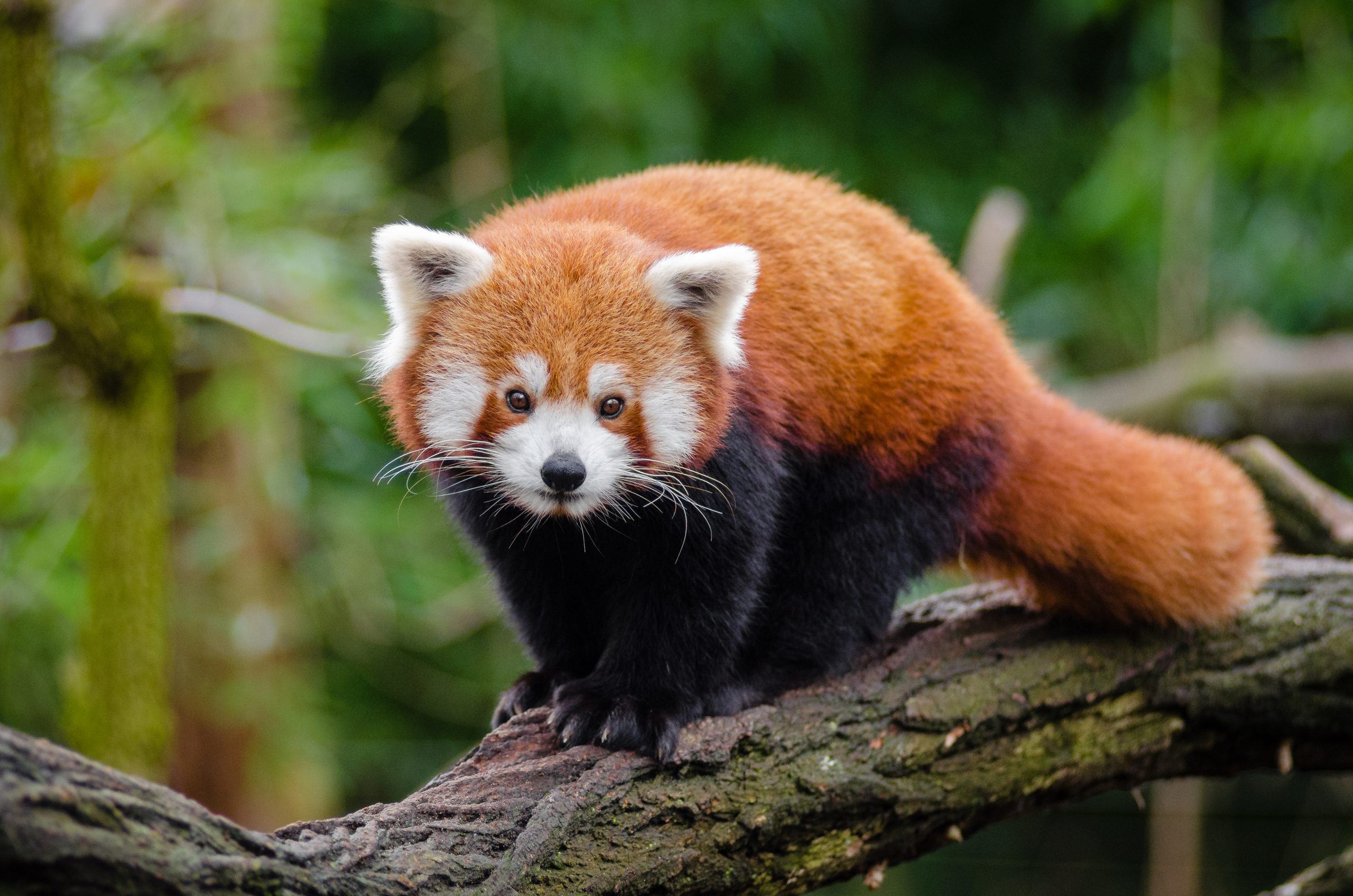
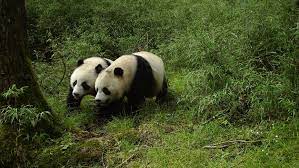
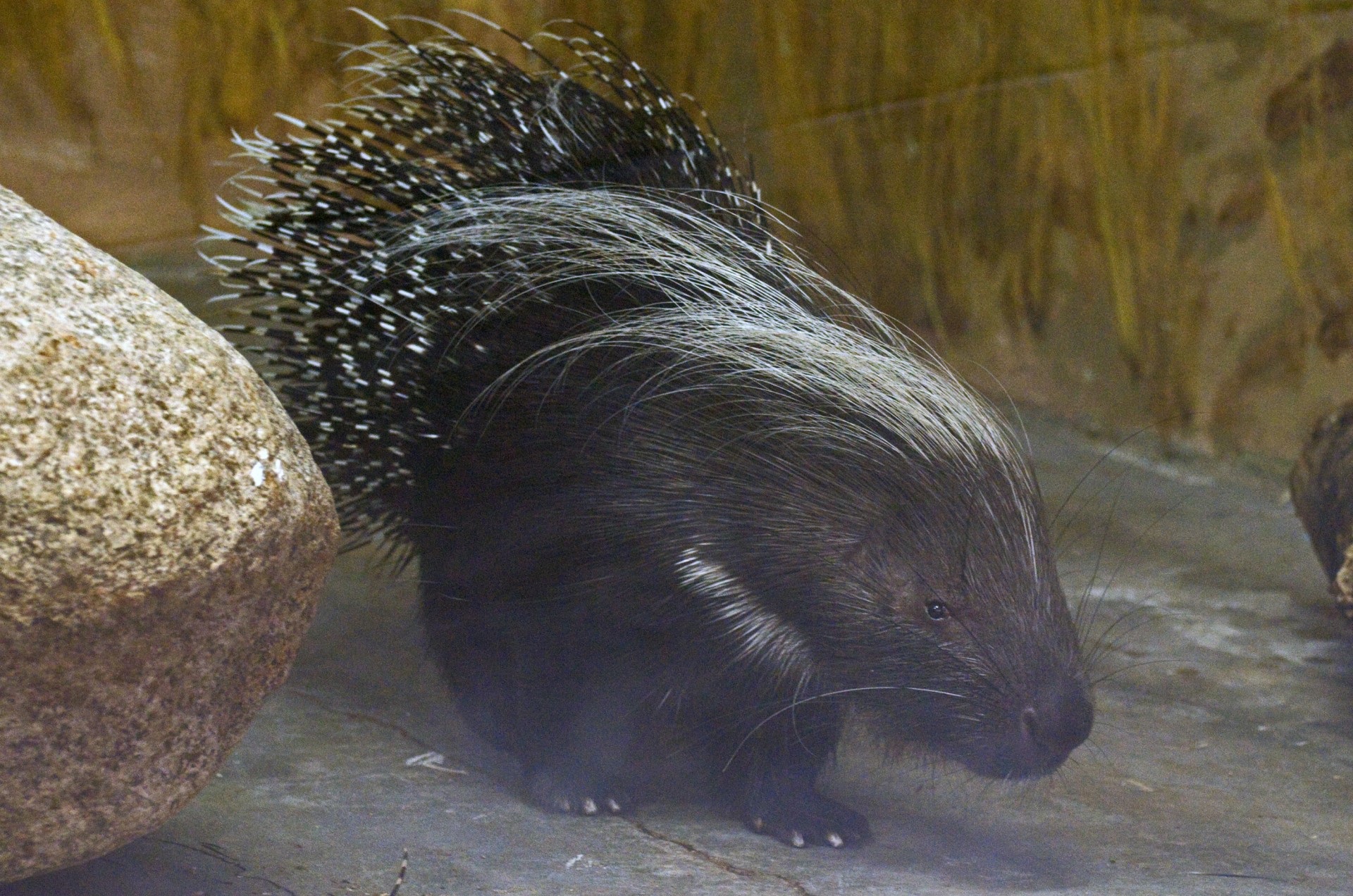
 This is a species of rat-like porcupine, found in a broad belt of Equatorial Africa, right across the continent from Guinea to Kenya.
This is a species of rat-like porcupine, found in a broad belt of Equatorial Africa, right across the continent from Guinea to Kenya. 

 porcupine, (also called the African crested porcupine) is native to North Africa (though it may be locally extinct in Egypt) and sub-Saharan Africa. It is also found in Italy, where the romans introduced it as an extra food source. While accurate estimates on the population size are not seemingly easy to find, Tuscany has a large enough population for it to be one of the more often sighted species when active (at night). Below, I have embedded some footage of an Italian Porcupine
porcupine, (also called the African crested porcupine) is native to North Africa (though it may be locally extinct in Egypt) and sub-Saharan Africa. It is also found in Italy, where the romans introduced it as an extra food source. While accurate estimates on the population size are not seemingly easy to find, Tuscany has a large enough population for it to be one of the more often sighted species when active (at night). Below, I have embedded some footage of an Italian Porcupine porcupine is a rodent species native to southern Asia and the Middle East. It weighs 11-18kg and is 70-90cm long. It has similar looking quills to the African Porcupine, and has a similar diet.
porcupine is a rodent species native to southern Asia and the Middle East. It weighs 11-18kg and is 70-90cm long. It has similar looking quills to the African Porcupine, and has a similar diet. porcupine or Himalayan porcupine is a species of rodent. The head and body measurement are around 56-74 cm and the tail is about 6–11 cm. They weigh around 10 kg-18 kg. They normally feed on roots, tubers, bark and fallen fruits. They also eat carrion, insects, and large tropical seeds. They forage at night and rests during the day. It may be found singly or in pairs. It can also swim and gnaw. The sow usually has one, but twins have also been recorded.
porcupine or Himalayan porcupine is a species of rodent. The head and body measurement are around 56-74 cm and the tail is about 6–11 cm. They weigh around 10 kg-18 kg. They normally feed on roots, tubers, bark and fallen fruits. They also eat carrion, insects, and large tropical seeds. They forage at night and rests during the day. It may be found singly or in pairs. It can also swim and gnaw. The sow usually has one, but twins have also been recorded.
 porcupine is a species of rodent. It is endemic to Indonesia. Due to the popularity of the hunting and consumption of the Sunda porcupine as an aphrodisiac, the Ministry of Environment and Forestry in Indonesia has listed this species as a protected animal as of June 2018.
porcupine is a species of rodent. It is endemic to Indonesia. Due to the popularity of the hunting and consumption of the Sunda porcupine as an aphrodisiac, the Ministry of Environment and Forestry in Indonesia has listed this species as a protected animal as of June 2018. porcupine
porcupine  (also called Palawan porcupine) is a species of rodent endemic to the island of Palawan in the Philippines. It is known locally as durian or landak.
(also called Palawan porcupine) is a species of rodent endemic to the island of Palawan in the Philippines. It is known locally as durian or landak. or Quichua porcupine is a species of rodent. It is found in the Andes of northern Ecuador and Colombia as well as in Panama. This porcupine is little known, but is probably arboreal, nocturnal and solitary like its relatives. The species is thought to be uncommon to rare and the population decreasing. It is threatened by deforestation, habitat fragmentation and agriculture. It is 60-80cm long (including tail), and weighs 2kg when fully grown. The ecology of this species is little known. Its behaviour is likely to resemble that of its close relatives in being nocturnal and arboreal, and feeding on fruit and leaves.
or Quichua porcupine is a species of rodent. It is found in the Andes of northern Ecuador and Colombia as well as in Panama. This porcupine is little known, but is probably arboreal, nocturnal and solitary like its relatives. The species is thought to be uncommon to rare and the population decreasing. It is threatened by deforestation, habitat fragmentation and agriculture. It is 60-80cm long (including tail), and weighs 2kg when fully grown. The ecology of this species is little known. Its behaviour is likely to resemble that of its close relatives in being nocturnal and arboreal, and feeding on fruit and leaves. porcupine (Coendou bicolor) is a species of nocturnal and arboreal rodent in the family Erethizontidae.
porcupine (Coendou bicolor) is a species of nocturnal and arboreal rodent in the family Erethizontidae. also called Koopman’s porcupine, is a porcupine species from the New World and is endemic to northern Brazil. It occurs in the Amazon rainforest east of the Madeira River and south of the Amazon River. It inhabits primary forest and possibly second growth. It was described as Coendou koopmani by Charles O. Handley Jr. and Ronald H. Pine in 1992, but was subsequently found to be identical to a species described in 1818. It is nocturnal and herbivorous.
also called Koopman’s porcupine, is a porcupine species from the New World and is endemic to northern Brazil. It occurs in the Amazon rainforest east of the Madeira River and south of the Amazon River. It inhabits primary forest and possibly second growth. It was described as Coendou koopmani by Charles O. Handley Jr. and Ronald H. Pine in 1992, but was subsequently found to be identical to a species described in 1818. It is nocturnal and herbivorous.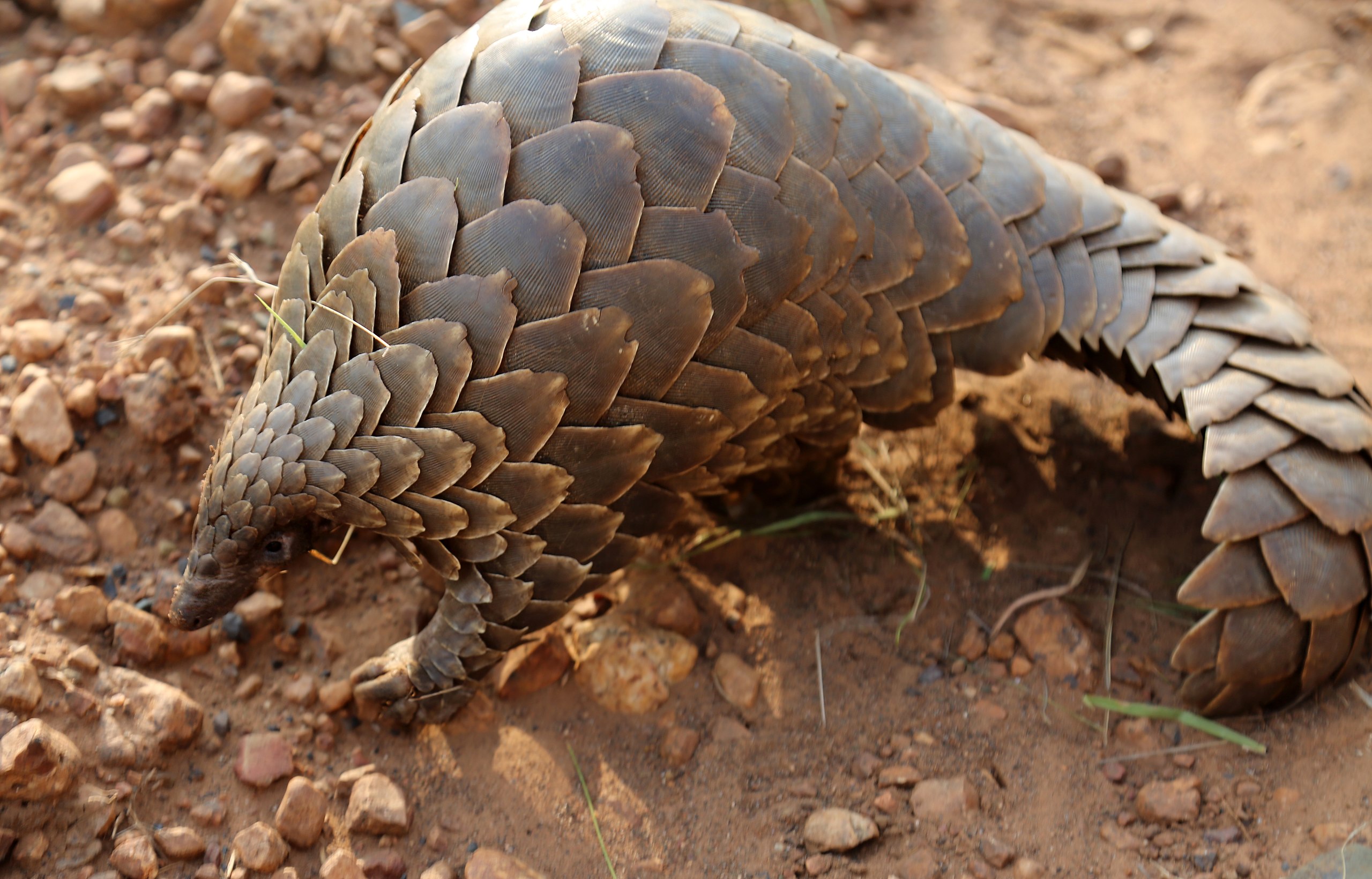
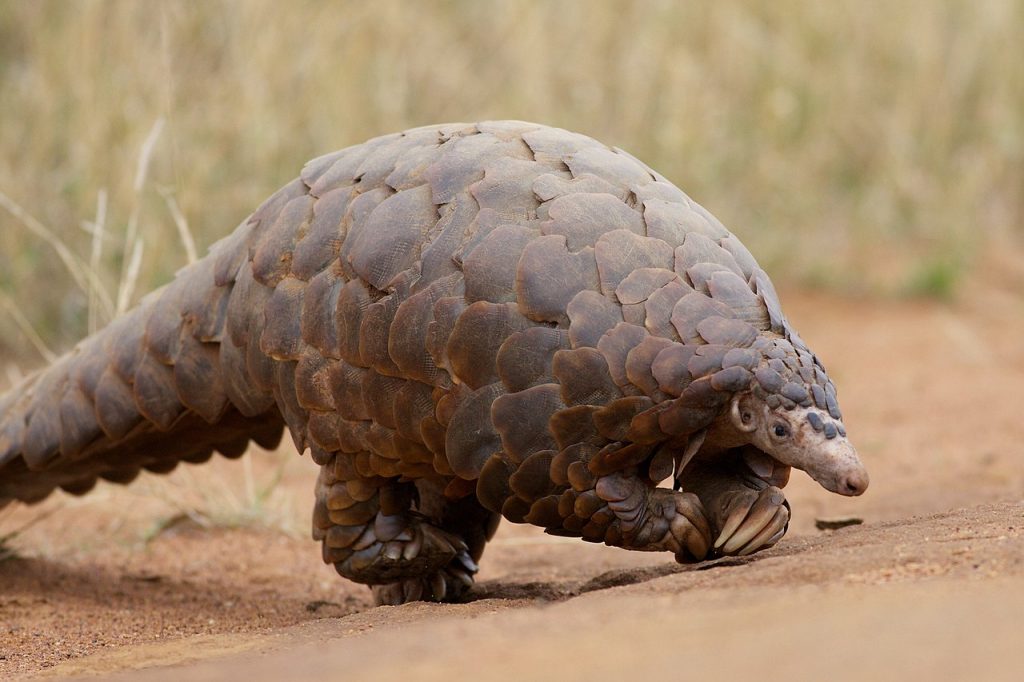
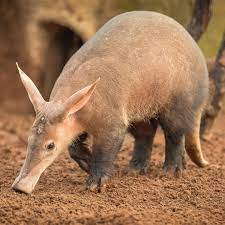



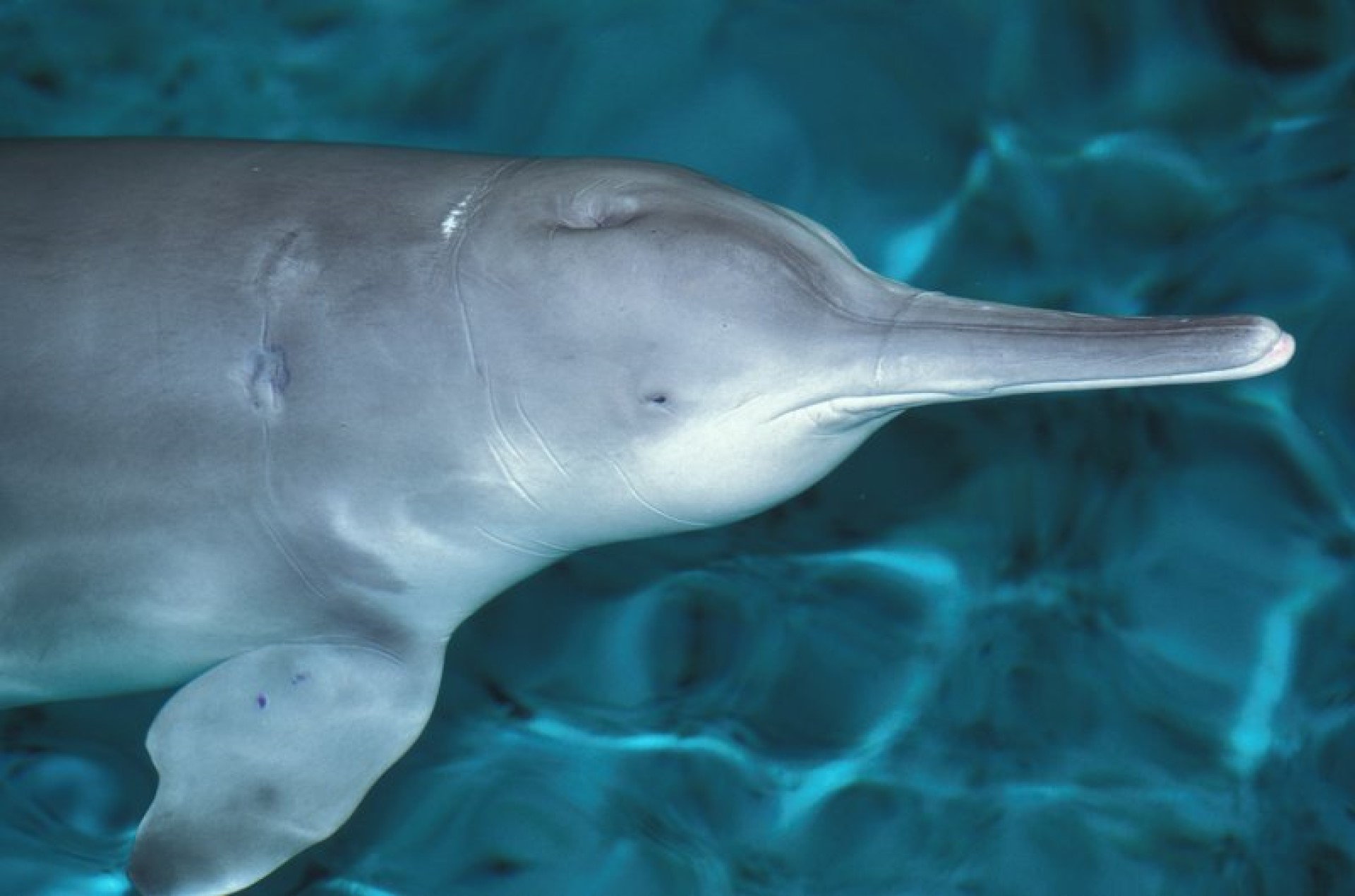
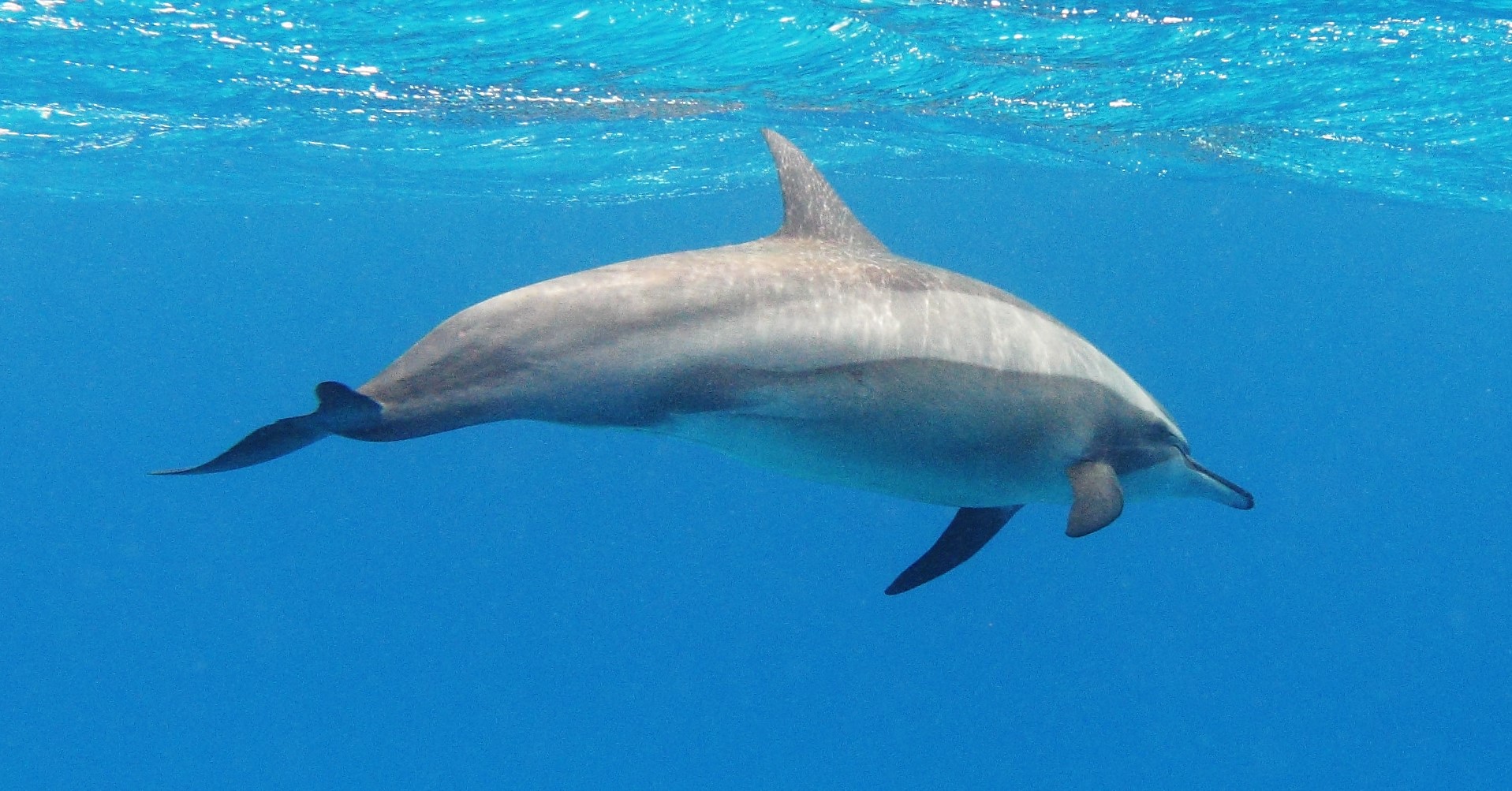
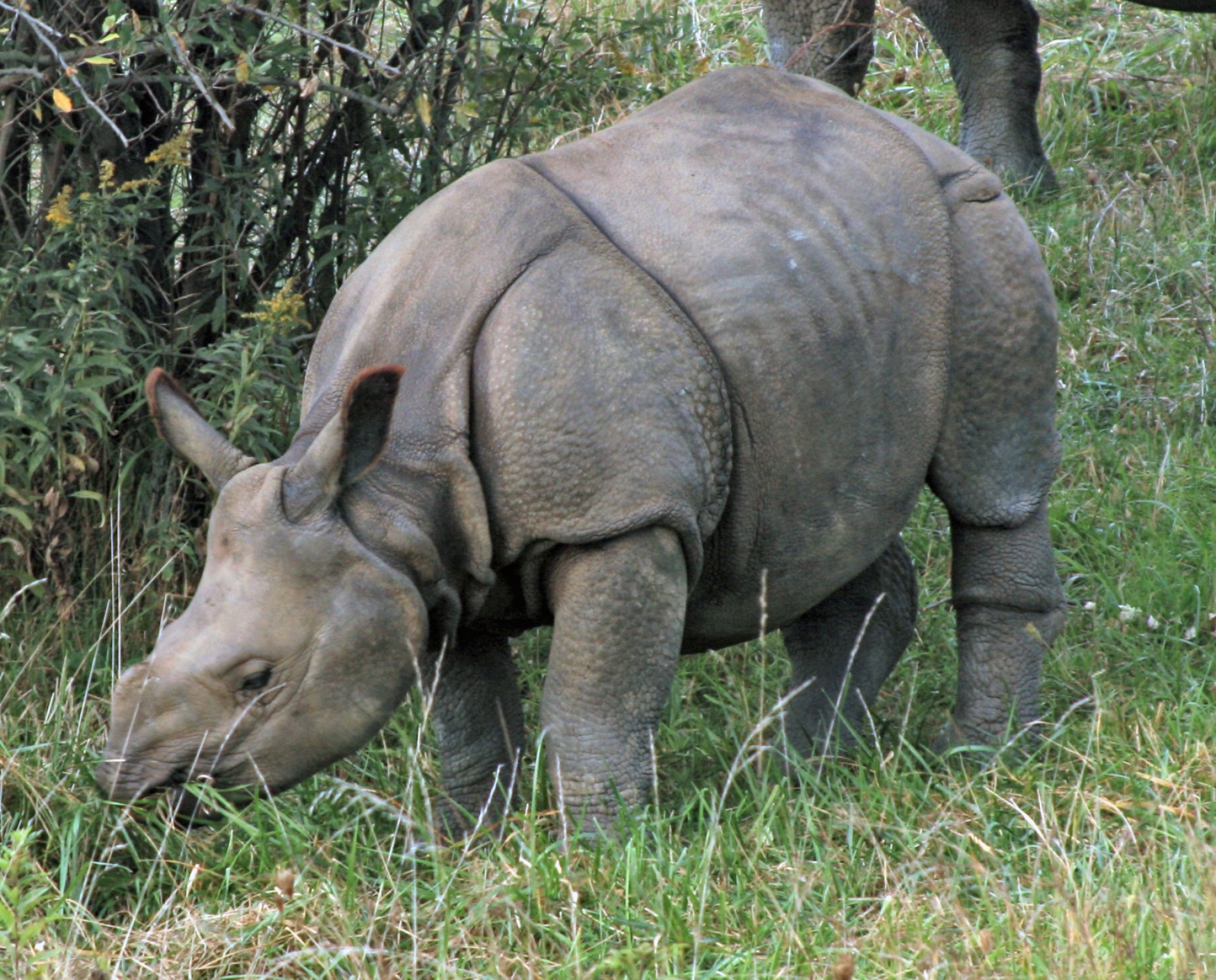
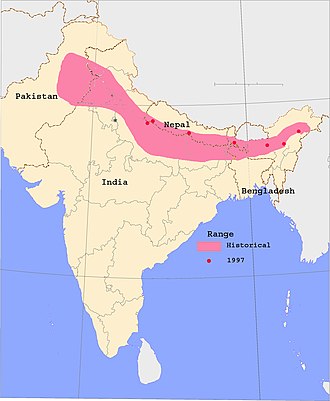 Native to the Indian sub-continent, it is listed on the red list, and is only found across 20,000
Native to the Indian sub-continent, it is listed on the red list, and is only found across 20,000 